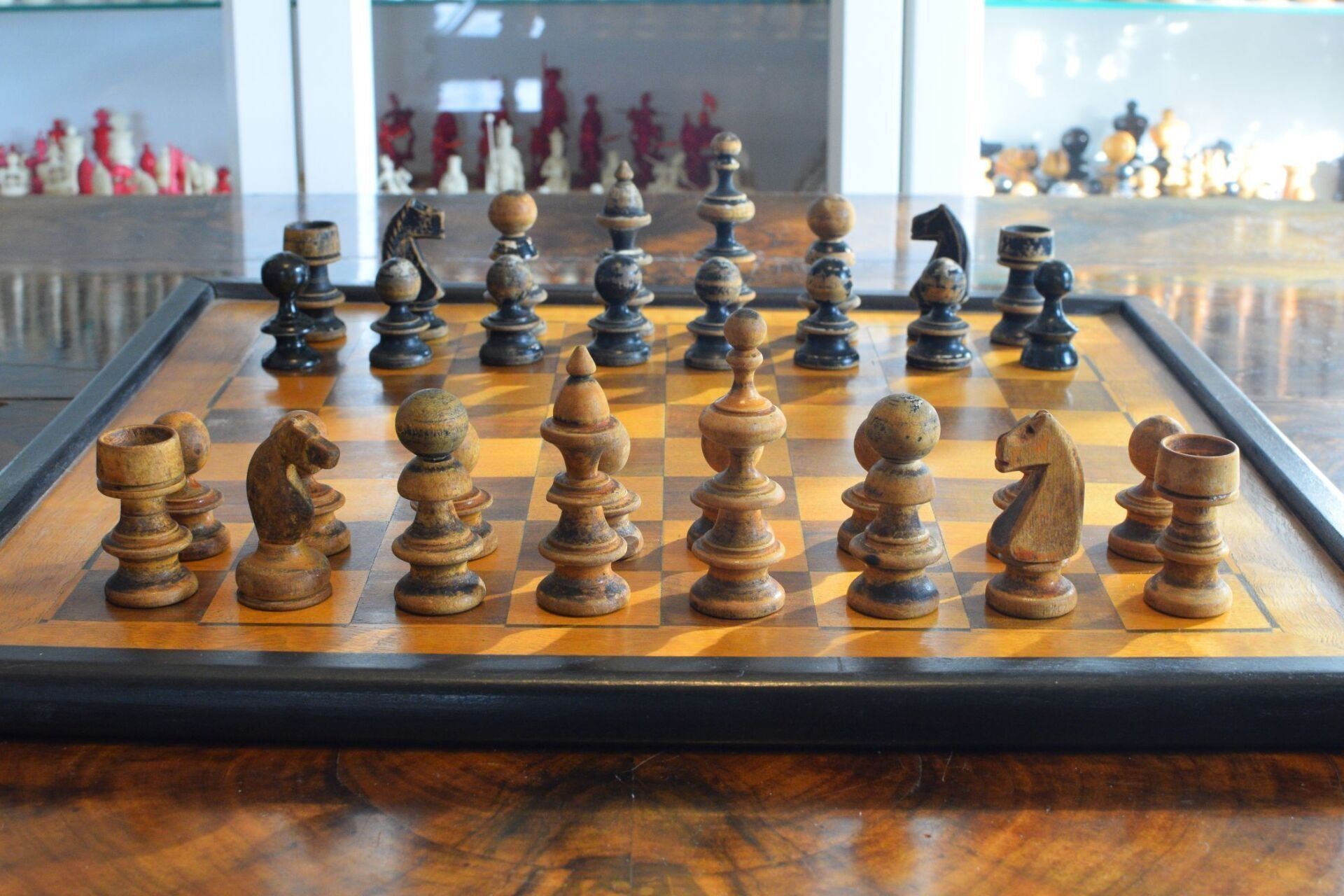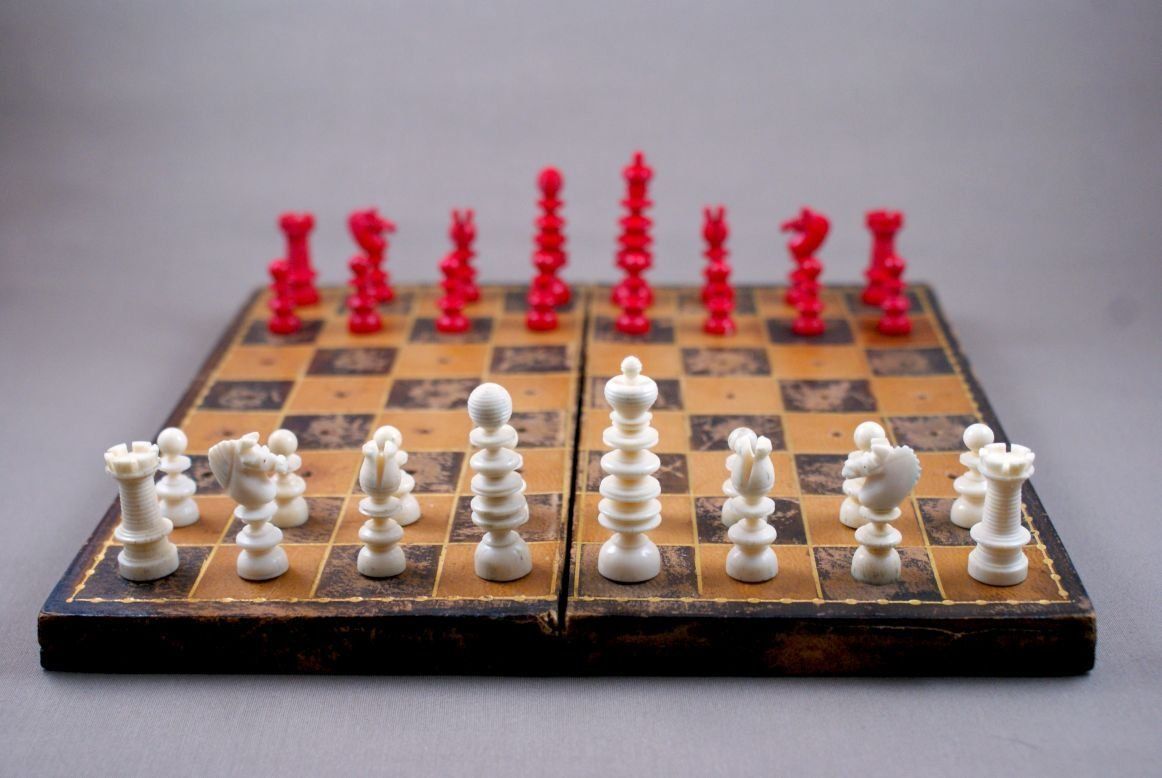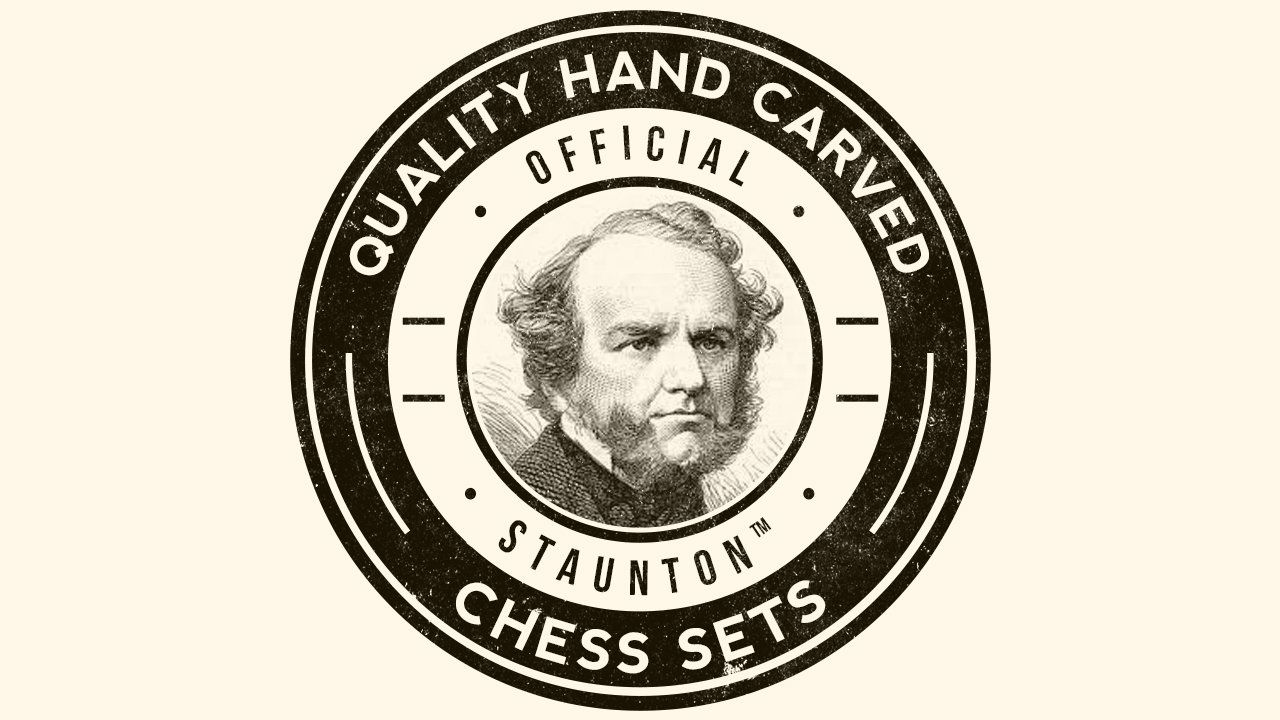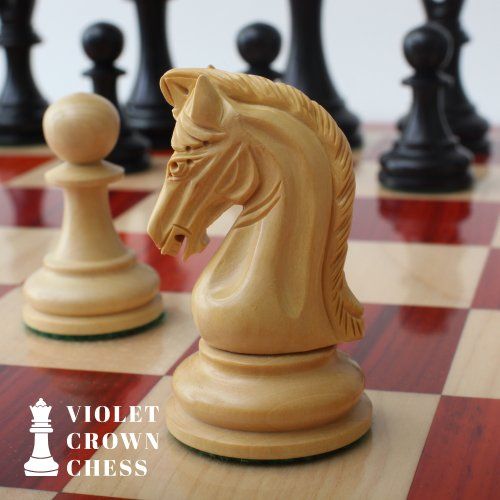A brief history of Romanian Chess
Chess in Romania is closely connected to the country's history.
Romania (România) is located at the crossroads of Central, Eastern, and Southeastern Europe. It (presently) borders the Black Sea to the South-East, Bulgaria to the South, Serbia to the South-West (part of the Federation of Yugoslavia before 1992), Hungary to the West, Ukraine to the North and North-East (part of the former USSR before 1991) and the Republic of Moldova to the East (part of Romania until 1944 when it was annexed by USSR until 1991 and is now an independent country). All this area was thus part of the Socialist block before 1990.
Modern Romania was formed in 1859 through a personal union of the Principalities of Moldavia (in the East) and Wallachia/Muntenia (in the South).
The new state, officially named Romania since 1866, gained independence from the Ottoman Empire in 1877 following diplomatic efforts and a bitter war.
The new state, officially named Romania since 1866, gained independence from the Ottoman Empire in 1877 following diplomatic efforts and a bitter war.
After World War I, in 1918, Transylvania as well as other parts of the former Austro-Hungarian (Habsburg) Empire became part of the sovereign Kingdom of Romania, as ratified later by the Treaty of Trianon in 1920.
Following World War II, under the occupation of the country by the Soviet Red Army's forces (because Romania fought most of the war on the Axis states’ side),
King Michael I (Hohenzollern) of Romania (1921-2017) was forced by the Communists to abdicate in December 1947 and leave the country so Romania became a Socialist republic and member of the Warsaw Pact.
Nicolae Ceaușescu (1918-1989), the second communist leader of the country since the proclamation of the republic, ruled Romania from 1965 until 1989.
After the 1989 ‘Revolution’, Romania began a transition from the so called ‘Socialism’ to the so called ‘Democracy’ and ‘Market economy’.
Following World War II, under the occupation of the country by the Soviet Red Army's forces (because Romania fought most of the war on the Axis states’ side),
King Michael I (Hohenzollern) of Romania (1921-2017) was forced by the Communists to abdicate in December 1947 and leave the country so Romania became a Socialist republic and member of the Warsaw Pact.
Nicolae Ceaușescu (1918-1989), the second communist leader of the country since the proclamation of the republic, ruled Romania from 1965 until 1989.
After the 1989 ‘Revolution’, Romania began a transition from the so called ‘Socialism’ to the so called ‘Democracy’ and ‘Market economy’.
Throughout the Middle Ages and well into the modern times, Romania was surrounded by powerful neighbors such as the Austro-Hungarian (Habsburg) Empire in the West, Russian (Tsarist) Empire in the North and East and the (Turkish) Ottoman Empire in the South.
Within this geo-political situation, we may attempt to sketch out the emergence of chess into this territory.
There are no documents attesting the chess playing in Romania before 19th century other than some brief and vague mentions. We do not know if the old ‘shatranj’ or the chess in its modern form came here first.
We may only presume that chess was well-known already in the 17th century in Transylvania (then part of the Austrian Empire) while in Moldavia and Wallachia/Muntenia the Turks and Tattars (Mongols) brought the ‘shatranj’ but playing it was limited to the ruling classes.
We may only presume that chess was well-known already in the 17th century in Transylvania (then part of the Austrian Empire) while in Moldavia and Wallachia/Muntenia the Turks and Tattars (Mongols) brought the ‘shatranj’ but playing it was limited to the ruling classes.
However, it is certain, through the lexical and historiographic research, that, around year 1700, in the Romanian language the term ‘şatrandj’ appeared synonymous with the textile patterns of the squares of the chessboard (for instance, a dress with black and white patterns was said to be in ‘şatrandj’).
It is also presumed that ‘şatrandj’ came via the Russian Empire from the North and East.
It is also presumed that ‘şatrandj’ came via the Russian Empire from the North and East.
In any case, Romanian chess players started to emerge only towards the end of 19th century when they even made some statements during international chess games.
For instance, the German ethnic (or, according to other sources, probably German speaking Ashkenazi Jew) from Bucharest, Adolf Albin (1848-1920) had played against the famous Johannes Zukertort.His best result came at New York 1893, where he finished second behind Emanuel Lasker (who scored a perfect 13/13). He played in the very strong tournaments at Hastings 1895 (scoring 8½/21) and Nuremberg 1896 (scoring 7/18). His tournament results overall were spotty, though he won individual games against several notable players, including world champion Wilhelm Steinitz at New York 1894 and Nuremberg 1896. He even authored the first chess book in Romanian in 1872.
The first chess club in Romania was inaugurated in 1890 at the initiative of a group of players from Bucharest. They started in 1896 the publication of a first major chess section in a popular magazine.
For instance, the German ethnic (or, according to other sources, probably German speaking Ashkenazi Jew) from Bucharest, Adolf Albin (1848-1920) had played against the famous Johannes Zukertort.His best result came at New York 1893, where he finished second behind Emanuel Lasker (who scored a perfect 13/13). He played in the very strong tournaments at Hastings 1895 (scoring 8½/21) and Nuremberg 1896 (scoring 7/18). His tournament results overall were spotty, though he won individual games against several notable players, including world champion Wilhelm Steinitz at New York 1894 and Nuremberg 1896. He even authored the first chess book in Romanian in 1872.
The first chess club in Romania was inaugurated in 1890 at the initiative of a group of players from Bucharest. They started in 1896 the publication of a first major chess section in a popular magazine.
The first national chess tournament took Romanian General Exposition from 1906 in Bucharest (again won by two German ethnics from Bucharest, Sigmund Herland and Wolfgang Pauly).
In 1912 in Timișoara, a first international tournament won by Hungarian master G. Breyer took place.
After the WWI chess won considerable ground in Romania. Thus, in 1925, the Romanian Chess Federation was established in Bucharest. The organization has already been affiliated with FIDE since the previous year.
The Federation’s first president was the well-known local writer Mihail Sadoveanu (1880-1961).
Sadoveanu wrote in 1931 that “the poorer the economies of a country and the more economically backward it is, the less known and widespread is the chess”. He also wrote: “When the game of chess begins to spread in a society, it means that the man rises a few steps above the other distractions that now appear brutal and barbaric to him.”
Sadoveanu wrote in 1931 that “the poorer the economies of a country and the more economically backward it is, the less known and widespread is the chess”. He also wrote: “When the game of chess begins to spread in a society, it means that the man rises a few steps above the other distractions that now appear brutal and barbaric to him.”
Romanian Chess Pieces from the early 20th century often show a lot of similarities with Vienna Coffee House chess sets. Since Transylvania was then part of the Austro-Hungarian Empire it was naturally that Vienna Coffehouse was common there. It would seem likely that from a certain point onwards such sets were also produced directly in Romania. Today, there are still some artisans (mostly if not all of them Hungarian ethnics) continuing the tradition of chess making in the County of Cluj, in the villages of Izvorul Crișului, Ciucea and Negreni. They sell their products (through intermediaries) on several tourist routes, notably alongside the national road DN1 going from Bucharest to Transylvania through the mountain tourist resorts in Valea Prahovei.
There is reference about the (Hungarian ethnic) artisans in Izvorul Crișului saying that the art of craft in the locality originated in 1880 when a German teacher from (the city of) Huedin took as his apprentices a few village men whom he taught to work with the wood lathe, thus starting at first manufacturing the legs of chairs and tables. These apprentices then turned into craftsmen and started living out of selling those wooden products since the beginning of the 20th century. It is rather likely that those men, who started turning chess pieces at some point in time, have set the ‘standard’ for what can probably be called the Austrian-German-Romanian chess style.
There is reference about the (Hungarian ethnic) artisans in Izvorul Crișului saying that the art of craft in the locality originated in 1880 when a German teacher from (the city of) Huedin took as his apprentices a few village men whom he taught to work with the wood lathe, thus starting at first manufacturing the legs of chairs and tables. These apprentices then turned into craftsmen and started living out of selling those wooden products since the beginning of the 20th century. It is rather likely that those men, who started turning chess pieces at some point in time, have set the ‘standard’ for what can probably be called the Austrian-German-Romanian chess style.
Further, it is said that before 1990 chess pieces were also made after working time in different woodworking factories (in Brăila, Galați, Alexandria or Târgu-Mureș) and sold by the workers to make some extra money or to give them as presents.
© Radu Ciumara, 2021















